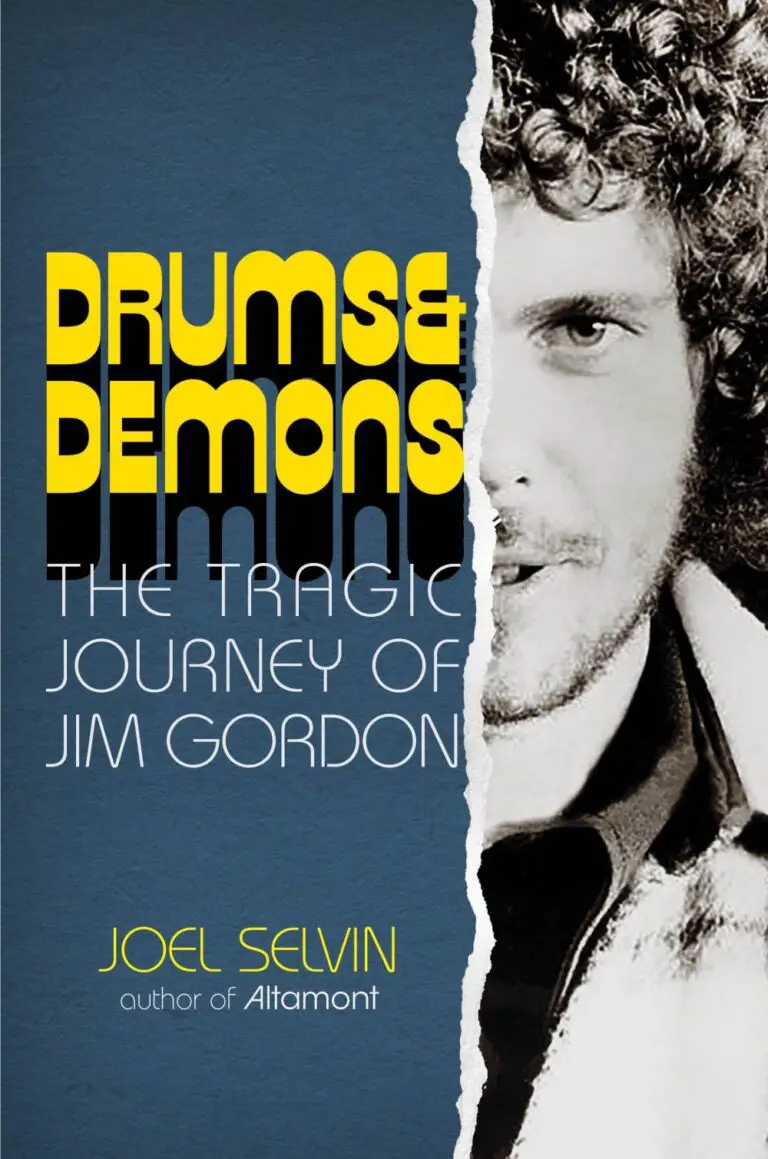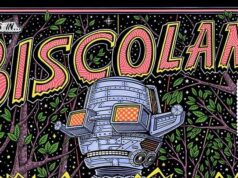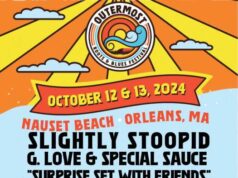

Rock music is a universe with no shortage of tragic stories. There are the overnight leaps up the ladder of fame followed by Icarus-like flameouts. There are the legendary overdoses and suicides of Jimi, Janis, Kurt and the rest of the “27 Club.” Add to this stars like Eddie Cochrane, Marc Bolan and Duane Allman who met their ends behind the wheel. And, of course, there’s no shortage of luminaries like Buddy Holly, Otis Redding, Jim Croce, Randy Rhodes and Lynyrd Skynyrd who spun off the mortal coil when their planes fell out of the sky.
But none may be as horrifying and seemingly inevitable as that Jim Gordon. Gordon was perhaps the most recorded hitmaking drummer during the Sixties and Seventies. He was a legend whose career ended with the unthinkable, when the voices in his head triggered by his life-long battle with schizophrenia led him to stab his mother to death.

Since that tragedy in June 1983, Gordon has been largely written out of the rock’s history books – the devil whose name shall never be spoken. But now comes publication of Drums & Demons: The Tragic Journey of Jim Gordon (Diversion Books). With it, one of rock’s greatest journalists, the inimitable Joel Selvin, provides the first comprehensive view of Gordon’s vast musical achievements and a harrowing yet empathetic appraisal of the most treacherous of mental illnesses which brought him down.
Gordon was a Southern California-born golden child, one whose outsized talent earned him a spot amongst the legendary Wrecking Crew, the super talented corps of studio musicians who played on pretty much every hit to come out of Los Angeles studios in the Sixties and Seventies. It’s Gordon who keeps the beat and/or adds memorable percussive hooks to The Beach Boys’ “God Only Knows” and “Heroes and Villains,” The Monkees’ “Mary, Mary,” Sonny & Cher’s “The Beat Goes On,” Glen Campbell’s “Wichita Lineman” and “Gentle On My Mind,” Linda Ronstadt and the Stone Poney’s “Different Drum,” Nilsson’s “Everybody’s Talkin’,” Buffalo Springfield’s “Expecting to Fly,” “Mason Williams’ “Classical Gas,” CSN’s “Marrakesh Express,” Tiny Tim’s “Tiptoe Thru the Tulips” and dozens more. The barely out of his teen’s drummer would play three sessions a day, six days a week for about five years running before tiring of the studio grind and grasping a share of the spotlight as a part of some of most high-profile ensembles of the day.
Through his association with another Wrecking Crew alum, pianist/bandleader Leon Russell, Gordon would jump into the spotlight as a part of Joe Cocker’s Mad Dogs & Englishmen, touring and recording with both the British singer and then Delaney & Bonnie and Friends. Through his work with D&B, Gordon would come into the orbit of their guesting guitarists, George Harrison and Eric Clapton. Gordon would soon find himself recording with the former Beatle on his monumental solo debut, All Things Must Pass, and as a part of Clapton’s new band, Derek & The Dominoes.
It is with the wild and wooly short history of Derek & The Dominoes that Gordon experienced his greatest highs and disappointments. By this time, Gordon is self-medicating, as is the whole band, with mighty doses of heroin, cocaine and alcohol. The compositional high point of his career comes with the use of “his” gorgeous piano piece as the instrumental coda to the title tune of the band’s only album, “Layla.”
Though Gordon would claim sole writing credit, the piano piece was actually composed with his onetime girlfriend from the Mad Dogs days, singer Rita Coolidge. It is with Coolidge where the demon in Gordon makes its first appearance before the rock glitterati, when the six-foot-four-inch drummer punches her out without warning, causing her to get a restraining order. Later while living in Clapton’s mansion during the Dominoes days, Gordon’s behavior would echo that of his ultimate undoing. In this incident, he would chase his then girlfriend, onetime Beatles’ “Gal Friday” Chris O’Dell, with a butcher knife before being interrupted (and saved?) by the arrival of Clapton’s manager Robert Stigwood. After the Dominoes’ debut album and tour, Clapton would have a falling out with Gordon, seeking to replace him with his original choice for drummer, Jim Keltner. Interestingly, he was also considering adding another guitarist to the lineup, the then 16-year-old Santana/Journey axe man-to-be Neil Schon. With the breakup of Derek and the Dominoes, Gordon would briefly join Traffic during their “Low Spark of High-Heeled Boys” era before returning to Los Angeles and more session work.
Back in the comfort of the studios, Gordon would continue to be the first choice session drummer for a host of A-list producers and artists. It’s Gordon who is driving disparate hits like Helen Reddy’s “I Am Woman,” Carly Simon’s “You’re So Vain,” Seals & Crofts’ “Summer Breeze,” Tom Waits’ “Looking for the Heart of Saturday Night,” Halls & Oates’ “Rich Girl” and Steely Dan’s “Rikki Don’t Lose That Number.” With the Hues Corporation’s “Rock the Boat,” he sets the template for the disco beat that would seemingly be on every record a few years later. And with “Apache” by The Incredible Bongo Band, Gordon created one of the foundational beats in hip hop, a break sampled by everyone from DJ Herc and The Sugarhill Gang to Jay-Z, Nas and Kayne West. Gordon’s musicianship would even earn high-praise from rock’s toughest taskmaster, Frank Zappa. FZ raved over his playing with his big band touring ensemble, The Grand Wazoo, and on “Apostrophe,” a heavy rock jam which paired Gordon with ex-Cream bassist Jack Bruce.
The most difficult and eye-opening part of Selvin’s book is his recounting of Jim Gordon’s long struggle with schizophrenia. As time went on, Gordon was increasingly tormented by a “Greek chorus” of voices in his head. The voices, led by his mother Osa, would criticize his weight, tell him when and when not to eat, to exercise, to drink water etc. Ultimately they would tell him what sessions to take and which to blow off. For years, Gordon kept this struggle to himself and would seek to silence the voices with drugs and alcohol. He would look for help, check in and out of hospitals, begin to take and then throw away his medication, all in an increasingly vicious cycle.
By the end, Jim Gordon is reduced to playing in a dive bar in Santa Monica. The voices in his head tell him his mother is evil and that she may even have been involved with the deaths of singer Karen Carpenter and Hollywood Squares’ star Paul Lynde (!!). The voices would make him gather up and throw his massive collection of gold records in the trash, then immediately retrieve them. This is something that would transpire ten times a day. When his mother decides to move away from Los Angeles, tragedy strikes. To Gordon, it is not about killing her; it’s about silencing the loudest and more persistent voice taunting him. Denied the right to an insanity defense, Gordon would remain incarcerated until his death in March 2023.
Selvin makes you feel this horrible descent, step-by-step down the staircase of madness. The slow grind helps us to understand the unthinkable patterns in his mind and his actions. In the end, Selvin makes us hate the disease more than the man and his actions which is a mighty accomplishment.
The post Rock Drum Superstar Jim Gordon’s Tragic Spiral Chronicled in New Bio appeared first on NYS Music.








